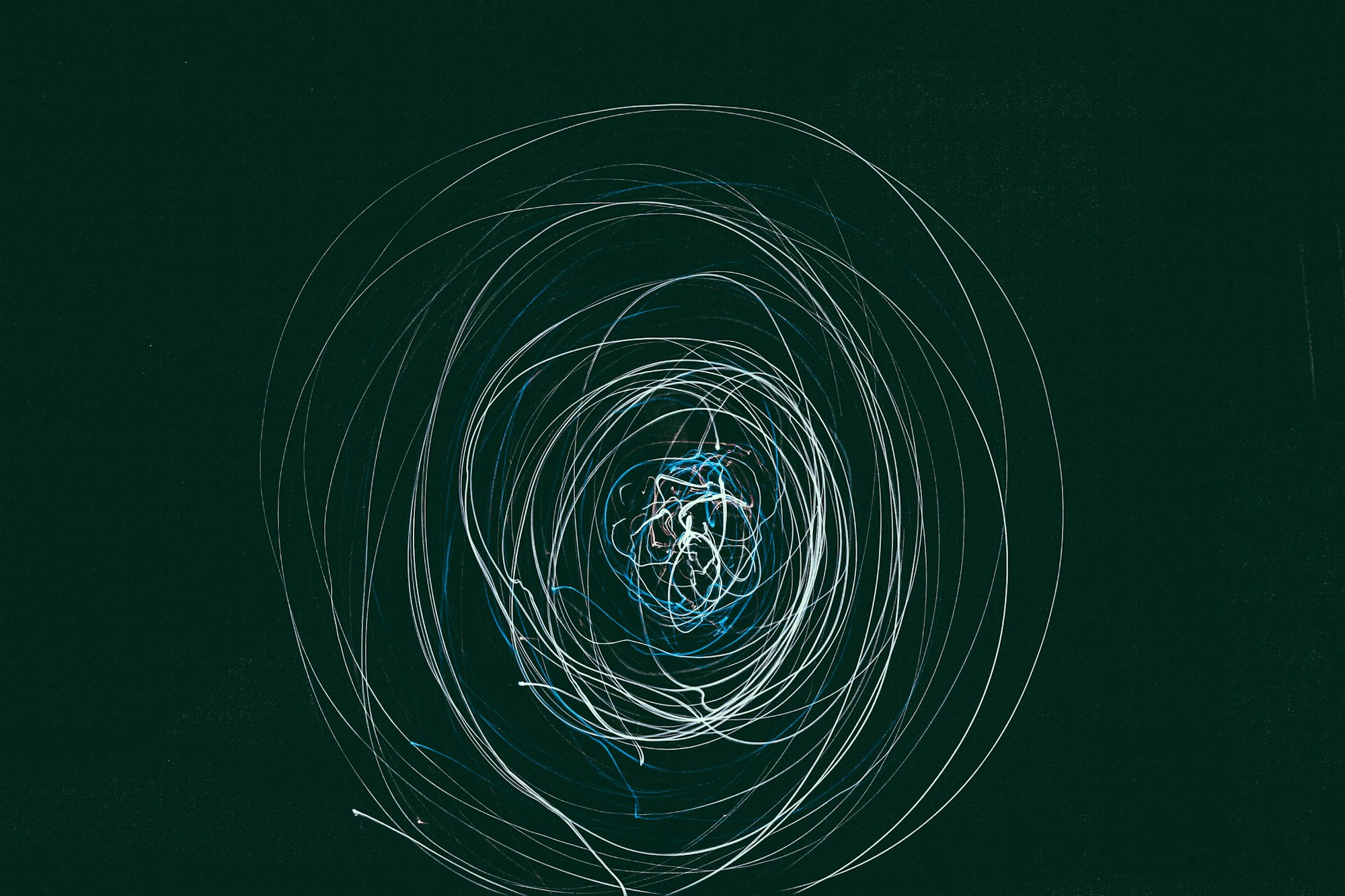Naruto v. Slater: What a Monkey Selfie Tells Us About the Future of AI and Copyright Law
In 2011, a crested macaque named Naruto took a now-famous selfie that would spark a legal battle with extensive implications—not just for copyright law but for the future of artificial intelligence (AI) regulation. The case, Naruto v. Slater, revolved around a simple question: Who owns the rights to a work created by a non-human entity? As courts grappled with the idea of whether an animal could own copyright, it raised a deeper, emerging issue: how will copyright law handle works created by machines and AI?
The Monkey Selfie Case: A Brief Recap
During a 2011 trip to Indonesia, wildlife photographer David Slater set up a camera in the jungle, intending to capture images of the region’s wildlife. But instead of a human taking the photos, a macaque named Naruto picked up the camera and took several selfies. The "monkey selfie" became an internet sensation, but it also brought an unusual legal question into focus: Who owns the copyright to the photo—David Slater or Naruto?
Slater claimed that, because he owned the camera and set up the environment, the copyright should be his. However, in 2015, People for the Ethical Treatment of Animals (PETA) sued Slater on behalf of Naruto, arguing that the macaque, as the actual creator of the photo, should hold the copyright. While the courts eventually ruled against PETA, concluding that copyright protection under U.S. law does not extend to non-human entities, the case opened the door to broader questions about non-human authorship.
This legal battle, seemingly about a simple selfie, foreshadowed the coming debates about copyright in the age of AI.
Naruto v. Slater and Its Implications for AI-Created Works
At the heart of Naruto v. Slater was the issue of authorship: Who, or what, can be considered an "author" under the law? The court ruled that only humans can hold copyright, but as technology evolves, this distinction is becoming increasingly blurred. Today, artificial intelligence systems can generate art, compose music, write text, and even create deepfake videos. These AI systems are not human, yet they are producing creative works that rival human creators.
The question the court faced in Naruto’s case—whether a non-human can own copyright—has clear parallels to the debate surrounding AI-generated content. As AI becomes more advanced and autonomous, legal systems worldwide must confront the question: Can AI-created works be copyrighted, and if so, who owns the rights?
Current Copyright Law and AI
Under existing copyright law, only works created by human authors are eligible for protection. This rule was reinforced in the Naruto v. Slater decision, where the court ruled that a macaque cannot hold copyright, as animals are not considered legal "persons" with rights under U.S. law. The case set global precedent with the same principle currently applied to AI—under current interpretations of copyright law, AI cannot be a copyright holder.
However, this approach presents challenges in a world where AI systems are being used to create content on a massive scale. For example:
- AI art generators like DALL·E can produce stunning images with minimal human input.
- Music composition algorithms can create entire songs.
- Text generation models (like ChatGPT) are writing everything from news articles to poetry.
In each case, the AI plays a crucial role in creating the work, often with limited human guidance. Does the human who programmed the AI own the copyright? Does the person who inputs a command or prompt? Or do AI-generated works exist outside of copyright protection altogether?
Potential Legal Frameworks for AI-Created Works
The issues raised by Naruto v. Slater are directly relevant to these questions, and the case gives us a potential glimpse into how courts might handle AI-generated works in the future. Here are some possibilities:
- Human Ownership Through Input or Control
- Works Without Copyright Protection
- Shared Ownership Between Human and AI
AI and the Challenge of Authorship
Naruto v. Slater case exposed a key limitation of copyright law: it is designed with human authors in mind. But as AI systems become more capable of generating original works, the traditional concept of "authorship" is becoming harder to apply. In the future, courts and lawmakers will need to address key questions, such as:
- What level of human involvement is necessary for a work to be copyrighted?
- Can an AI system be recognised as a co-author or even the sole creator of a work?
- How do we attribute responsibility for AI-generated works, especially when there’s no clear human creator involved?
What’s Next for AI and Copyright Law?
The outcome of Naruto v. Slater clarified that under current law, non-human entities like animals cannot hold copyright. But as AI continues to develop, this ruling may no longer be adequate. AI is not simply a tool—it can operate autonomously, generating work in ways that are less about following instructions and more about creating something new.
Countries around the world are starting to explore these issues. For instance, the European Union has begun discussing how to adapt intellectual property laws to account for AI-generated content. Some experts suggest creating a new legal category specifically for works generated by AI, while others advocate for maintaining the status quo, keeping copyright strictly tied to human creators.
In the end, the "monkey selfie" might be a playful moment in wildlife photography, but its legal ripple effects will shape the way we think about creativity, ownership, and the rights of non-human creators for years to come.







